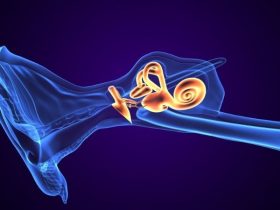Period prevalence of all antipsychotic prescriptions increased 3.3 percent per year from 2000 to 2019
By Elana Gotkine HealthDay Reporter
WEDNESDAY, Jan. 11, 2023 (HealthDay News) — Antipsychotics are increasingly being prescribed to children, according to a study published online Jan. 10 in The Lancet Psychiatry.
Maja R. RadojÄiÄ, Ph.D., from the University of Manchester in the United Kingdom, and colleagues describe up-to-date trends in antipsychotic prescribing among all children and adolescents aged 3 to 18 years in the Clinical Practice Research Datalink Aurum database, registered in England between Jan. 1, 2000, and Dec. 31, 2019. Data were included for 7,216,791 children and adolescents (48.2 percent girls and 51.8 percent boys) who were followed for a median of 4.1 years.
The researchers found that during follow-up, 19,496 (0.3 percent) participants received 243,529 antipsychotic prescriptions, including 92.7 and 7.3 percent atypical and typical antipsychotic prescriptions, respectively. From 2000 to 2019, there was an increase in the annual period prevalence of antipsychotic prescriptions from 0.057 to 0.105 percent, respectively. The period prevalence of all antipsychotic prescriptions increased 3.3 percent per year on average, and the rate of first prescriptions increased 2.2 percent per year. For first identified antipsychotic prescriptions, the most likely indications were for autism spectrum disorder, nonaffective psychosis, anxiety disorders, attention-deficit/hyperactivity disorder, depression, and conduct disorders (12.7, 8.6, 7.5, 7.1, 6.4, and 6.1 percent, respectively).
“Authorities in England should monitor and review the emerging trend we describe of broadening clinical indications for antipsychotic use in young people, as well as possible emerging health inequalities in their use,” the authors write.
Editorial (subscription or payment may be required)
Copyright © 2022 HealthDay. All rights reserved.







